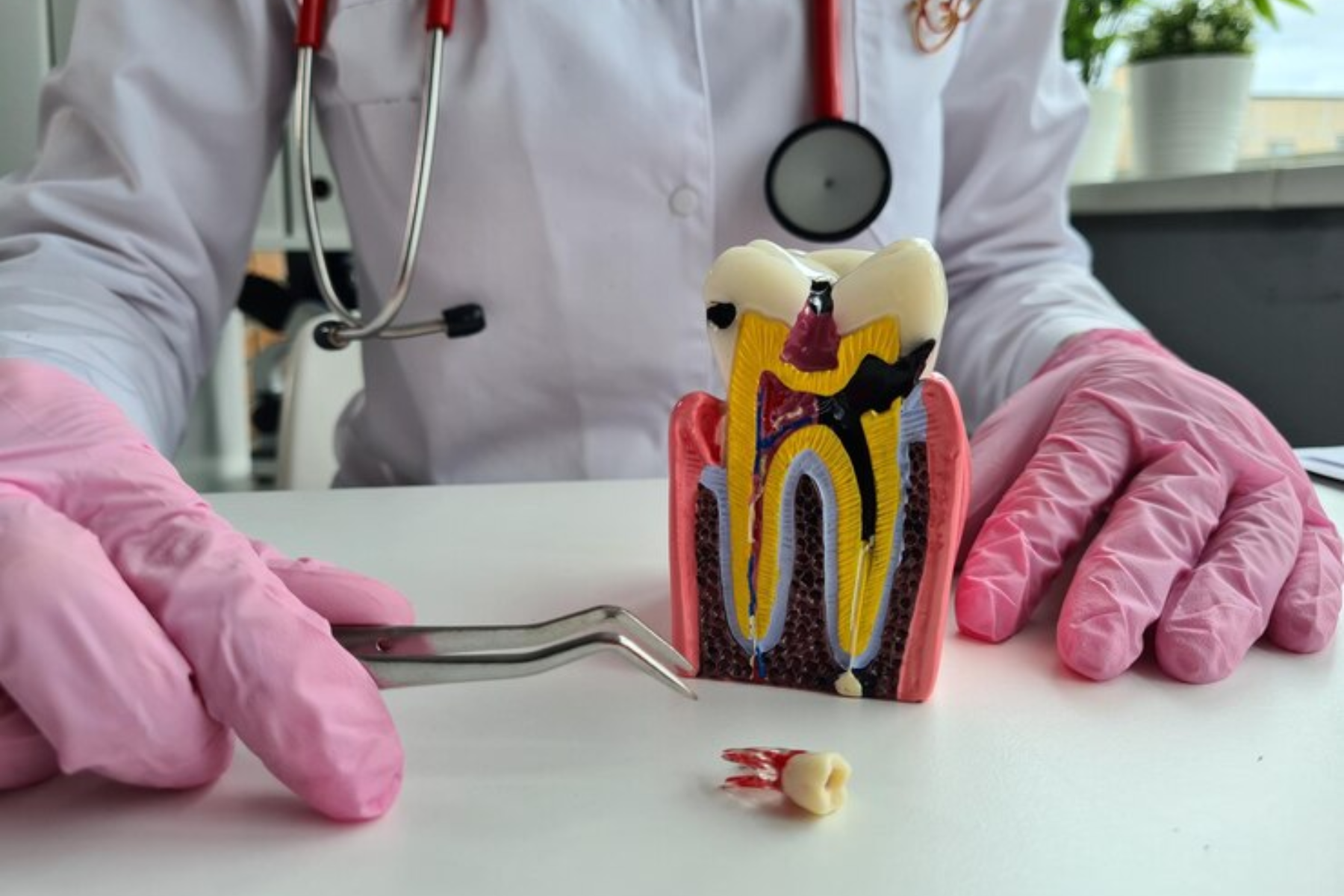Are you dreading the thought of undergoing a root canal procedure? The mere mention of it often conjures up images of excruciating pain and discomfort. However, before succumbing to anxiety, it’s crucial to separate fact from fiction. In this comprehensive guide, we delve into the common misconception surrounding root canal treatment and uncover the reality behind the perceived pain.
Root canal treatment, also known as endodontic therapy, is a dental procedure designed to save a severely infected or damaged tooth. Despite its reputation for being painful, modern advancements in dentistry have transformed root canal therapy into a relatively pain-free experience for patients.
By understanding the process and debunking myths surrounding its discomfort, individuals can approach the procedure with confidence and make informed decisions about their oral health. Let’s explore the truth behind root canal treatment and alleviate any apprehensions you may have about its pain levels.
Dispelling Myths About Root Canal Pain
Myth: Root canals are excruciatingly painful.
This pervasive myth often leads to anxiety and fear among patients facing root canal treatment. However, it’s essential to understand that modern dental techniques and anesthesia have significantly reduced discomfort during the procedure. Dentists use local anesthesia to numb the affected area, ensuring patients feel little to no pain during the root canal process. Additionally, advancements such as rotary instruments and digital imaging allow for precise and efficient treatment, further minimizing discomfort.
Addressing misconceptions about post-treatment pain and recovery is crucial. While some patients may experience mild discomfort or sensitivity following a root canal, it is typically manageable with over-the-counter pain relievers and resolves within a few days. It’s essential to emphasize that any discomfort is temporary and outweighed by the long-term benefits of saving the natural tooth.

Anesthesia and Pain Management
Anesthesia plays a crucial role in ensuring a pain-free experience during a root canal procedure. It numbs the affected area, allowing the dentist to perform the necessary treatment without causing discomfort to the patient.
Types of Anesthesia
Local Anesthesia: The most common type used in root canals, it numbs only the specific area being treated, ensuring targeted pain relief.
Sedation: In some cases, dentists may offer sedation options to help patients relax during the procedure. Options may include oral sedatives, nitrous oxide (laughing gas), or intravenous (IV) sedation.
Expertise of Dentist
Dentists are highly trained in administering anesthesia and monitoring patient comfort throughout the root canal procedure. Their expertise ensures that the anesthesia is administered safely and effectively, minimizing any potential discomfort or pain for the patient.
Advanced Technology in Root Canal Therapy
Rotary Instruments: These specialized tools allow for more efficient and precise removal of infected tissue during root canal therapy, reducing the time required for the procedure.
Digital Imaging: Advanced imaging technologies such as cone beam computed tomography (CBCT) provide detailed 3D images of the tooth and surrounding structures, aiding in accurate diagnosis and treatment planning.
Improved Treatment Outcomes
- The use of rotary instruments and digital imaging has led to improved treatment outcomes, with higher success rates and reduced chances of complications.
- Patients can expect shorter procedure times and fewer visits to the dentist, resulting in a more convenient and comfortable experience.
Choosing a Dentist
It’s essential to choose a dentist who stays abreast of the latest advancements in root canal therapy. A dentist who utilizes modern techniques and equipment can provide optimal results while ensuring patient comfort and satisfaction.
Tips for Managing Post-Treatment Discomfort
After undergoing a root canal procedure, some patients may experience mild discomfort or sensitivity as the treated tooth heals. Here are some practical tips to help manage post-treatment discomfort effectively:
Over-the-counter Pain Relievers:
Take over-the-counter pain relievers such as ibuprofen or acetaminophen as directed by your dentist to alleviate any discomfort.
Cold Compresses:
Apply a cold compress to the outside of the cheek near the treated tooth to reduce swelling and numb the area, providing relief from pain and discomfort.
Soft Foods:
Stick to soft foods and liquids immediately following the root canal procedure to avoid putting pressure on the treated tooth. Opt for soups, smoothies, yogurt, and mashed potatoes until any soreness subsides.
Avoid Hard or Chewy Foods:
Refrain from consuming hard or chewy foods that could irritate the treated tooth or cause discomfort. Instead, opt for softer options that are easier on the teeth and gums.
Follow Post-operative Care Instructions:
It’s essential to follow any post-operative care instructions provided by your dentist diligently. This may include avoiding certain activities or foods, practicing good oral hygiene, and attending follow-up appointments as scheduled.
Stay Hydrated:
Drink plenty of water to stay hydrated and promote healing. Avoid sugary or acidic beverages that could irritate the treated tooth or cause sensitivity.
By following these tips and practicing good oral hygiene, you can help manage post-treatment discomfort effectively and ensure a smooth recovery from your root canal procedure.
Understanding the truth behind root canal treatment can alleviate fears and misconceptions surrounding its perceived pain. With modern techniques, expert anesthesia administration, and post-treatment care, root canals are typically a manageable and minimally discomforting procedure. Trusting in dental expertise and embracing post-operative guidelines ensures a smoother recovery process.




